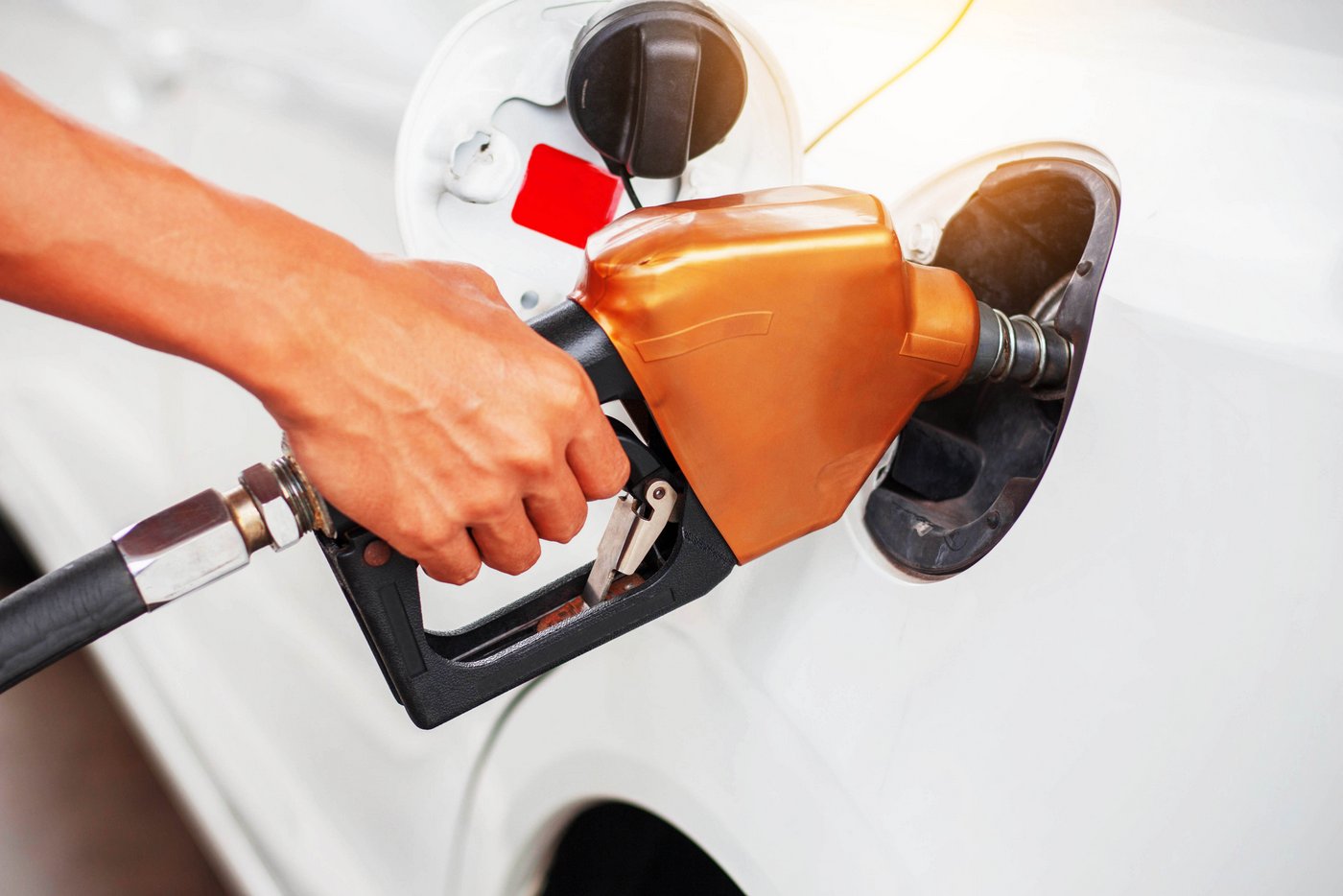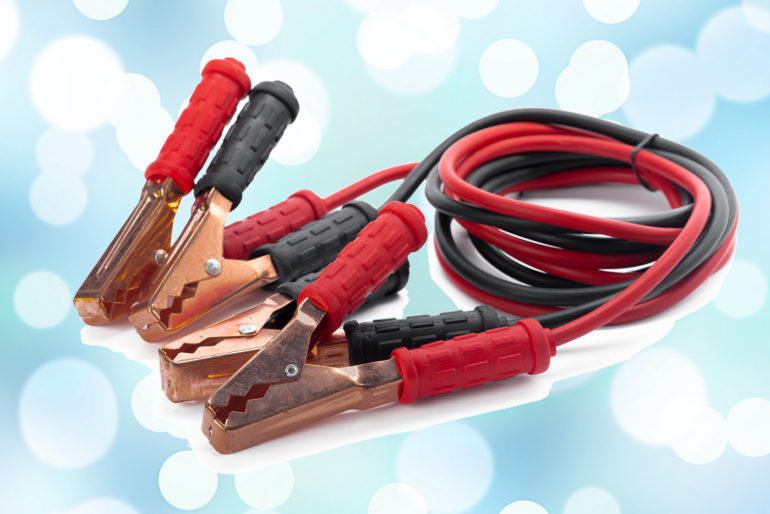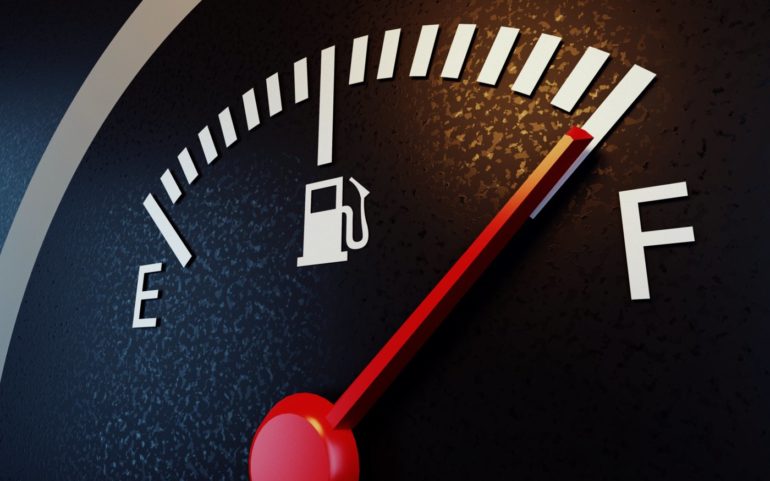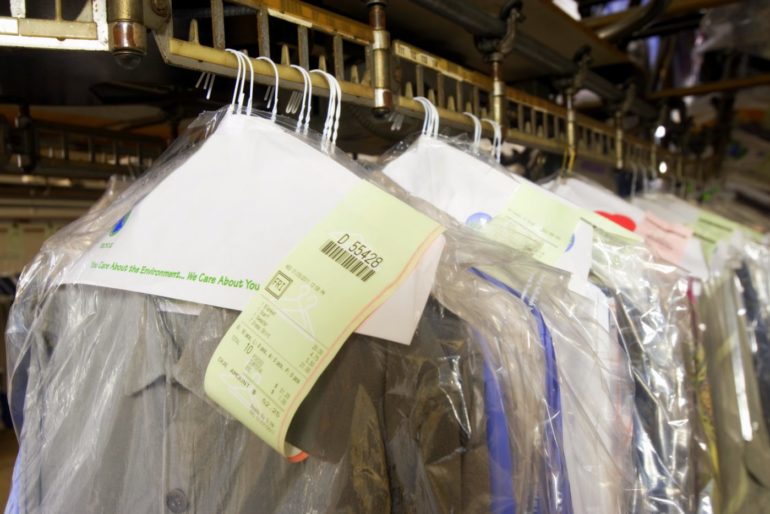Why can’t you pump your own gas in New Jersey & Oregon?
Why can’t you pump your own gas in New Jersey and Oregon, and have to pay for full-service? Self-service works for all the other states, as well as many other places around the world, so why make it illegal?
Gas pump peculiarities
Yes, it’s true — if you’ve ever hopped out of your car while on vacation in New Jersey or Oregon to fill up and had a gas station attendant politely (or not so politely) tell you you can’t do that, you’ve experienced these old laws firsthand.
On the flip side, a few years back I personally witnessed, near the airport in San Diego, three women from New Jersey who had apparently never left the state — they had to ask the poor confused guy behind the counter to help them fill their rental car, as they had no idea how the pump worked.
Still don’t believe it? Oregon statute 480.330 plainly states “Operation of gasoline dispensing device by public prohibited,” and New Jersey statute 34:3A-7 says that “No person shall dispense fuel at a gasoline station, unless the person is an attendant who has received instructions regarding the dispensing of fuel, had practical experience dispensing fuel under the direct supervision of an experienced operator for a period of not less than one full working day, and, upon examination at the end of that period, demonstrated his understanding of those instructions.”
Okay. So, this begs the question — why?

Safety concerns in New Jersey & Oregon?
Full-service was the norm up until 1947, when an independent operator by the name of Frank Ulrich opened the first self-serve gas station in Los Angeles. Advertising with the slogan “Save 5 cents, serve yourself, why pay more?” he stunned those comfortable with the status quo when he sold half a million gallons in the first month.
The powers that be in many states (including New Jersey and Oregon) were concerned that the inexperienced, unprofessional gas pumper would blow themselves up.
In fact, the New Jersey state statutes mention this issue in 34:3A-4, stating “Because of the fire hazards directly associated with dispensing fuel, it is in the public interest that gasoline station operators have the control needed over that activity to ensure compliance with appropriate safety procedures…”
In 1949, New Jersey banned self-serve gas stations, and Oregon followed suit in 1951.
Eventually over time, due to factors such as the rising cost of labor and gasoline, the 1970s energy crisis, and the narrowing of profit margins as a result, most states eventually realized that the gas pump wasn’t some mystical and arcane device that only specially-trained people were capable of operating, and began to allow self-serve gas stations. One by one, the ban fell, until only New Jersey and Oregon remain.
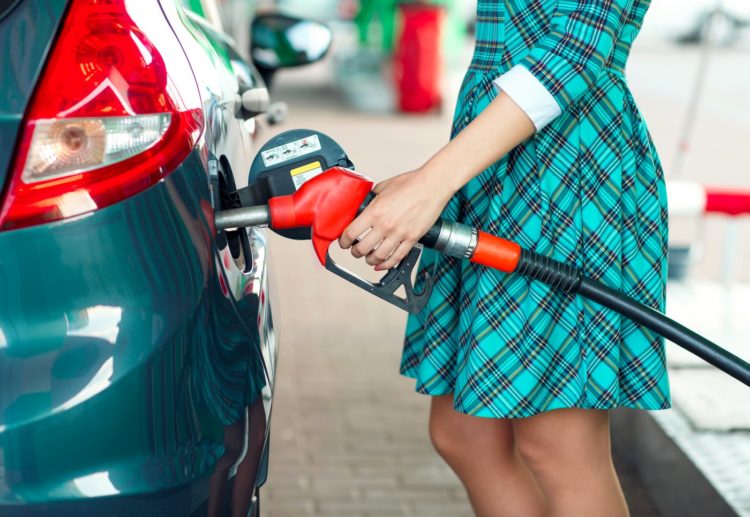
Full-serve future?
You’d think that it would be a slam dunk in this day and age of tight profit margins — and increasing gas prices — for legislators in these two states to eliminate the ban on self-serve gasoline for good and pass the savings and added convenience of not having to wait for the attendant on to the consumer.
Wrong. In 2006, then-governor of New Jersey Jon Corzine suggested the state test out self-serve pumps to lower the cost of traveling. Within days of his suggestion, he was flooded with over 1,400 calls and emails — most in opposition to the idea. Seeing hints of political suicide in the making, Corzine backed off.
MORE: How do you connect jumper cables to jump start a car?
Oregon has twice tried to remove the ban on self-serve gas. In 1982, the issue was brought to the voters — who said no. A bill introduced in 2003 to overturn the ban ran out of gas — pun intended — and didn’t get enough votes in the legislature to go anywhere.
Proponents of the ban argue that full-serve is safer, prevents people from having to get out of their cars in bad weather, and keeps several thousand people in each state employed.

Apart from the employment argument, most of these other issues can be debunked rather easily — the other 48 states aren’t littered with the burned-out husks of gas stations incinerated by incompetent motorists.
Anyone who has ever stepped out of their car to fill up in a Minnesota, Wisconsin or South Dakota winter can tell you that if they can handle it, the citizens of the much more mild climates of New Jersey and Oregon can, too.
The truth is, people in those states just seem to like it, and it would appear the full-serve culture has become so ingrained in those two states that it’s unlikely to change anytime soon.

